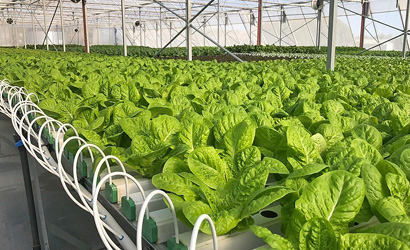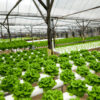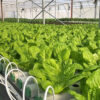In dirt, but what exactly is soil? Even though it is our most abundant growing media, it also offers the macro and micronutrients required for plant development. As water travels through the soil, it carries nutrients to plant roots. In soilless agriculture, such as hydroponic gardening, we provide pre-protein nutrients and more oxygen to the roots of the plants. There is a lot to understand about soilless agriculture in Chandigarh, therefore this blog will focus on the most popular hydroponic growing techniques, their advantages, and some information about aquaponics and organic techniques. The best training in hydroponic farming is available in Chandigarh.
Without using a lot of pesticides, hydroponic farms enable the cultivation of food with a more sustainable food ethic that puts the health of our bodies, our food, and the environment first. Hydroponic farming is currently being quickly incorporated into the current food networks, so it is far from being a pipe dream. Hydroponic farming has a lot of potential to reduce the hazards these issues provide to our agriculture system. One of the key benefits of hydroponic farming is the potential to use controlled environment agriculture (CEA) technologies to grow crops in conditions that are almost optimal. Crop production may be controlled to maximise the water, nutrients, and light inputs delivered to the plants thanks to expert scientists and cutting-edge climate control technologies.
The following advantages come with hydrophobic farming (training):
Faster growth: A better optimised feeding strategy produces more food, a greater yield, and more sprout cycles annually.
Agriculture uses far less water and nutrients: In comparison to soil-based techniques, hydroponics typically utilises 90% less liquid because the cycle must be stopped and the coolant must be composted. As a result of only a tiny percentage reaching the root system and the remainder ending up in the nearby water supply, outside soil agriculture ultimately wastes a lot more water and nutrients than inner soil agriculture.
Farming location: The plantation should and could be considerably closer to the consumer, reducing the environmental impact of distribution in Chandigarh and enhancing the freshness of the product. This type of development can take place anyplace since it is not dependent on fertility. Reduce the amount of space needed for farming. With stacked or vertical systems, the production per square foot drastically rises. This is crucial in order to feed Chandigarh’s growing population without destroying important natural ecosystems like ponds, forests, or other ecosystem services.




